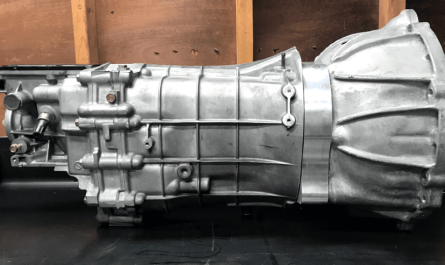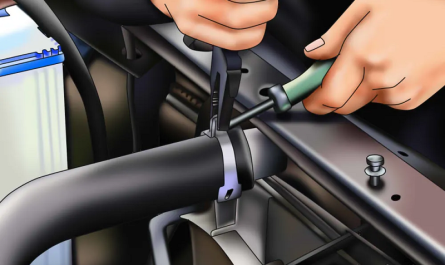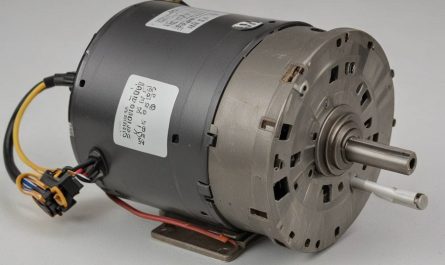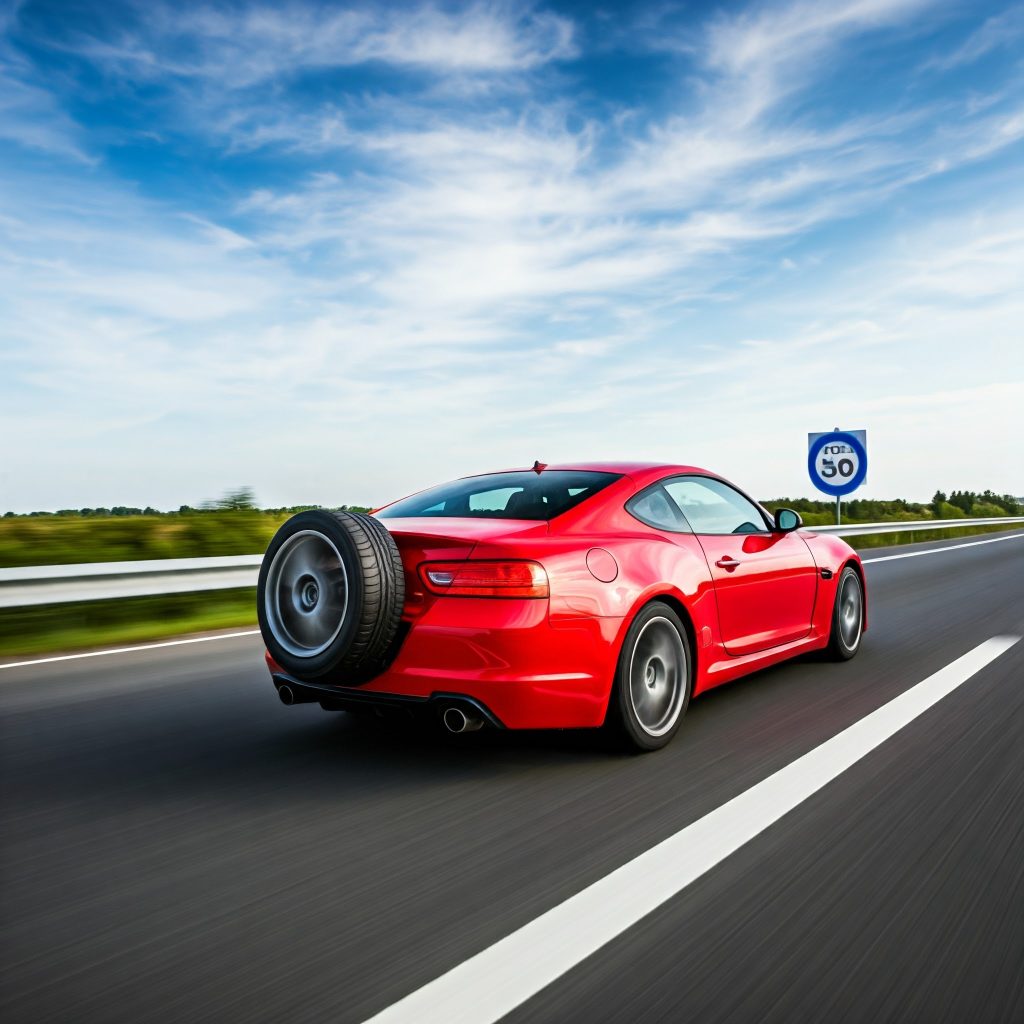
How Fast Can You Drive on a Spare Tire?
When you have to use a spare tire, it’s crucial to follow certain guidelines to avoid further damage to your vehicle. Most spare tires, especially “donut” spares, are not designed for high speeds. The general rule is not to exceed 50 miles per hour (80 km/h) when driving on a spare tire. Driving faster can lead to loss of control and increased wear on the spare tire, potentially causing damage to the vehicle. Always remember, that spare tires are temporary solutions, so it’s best to drive slowly and cautiously to a repair shop or tire center as soon as possible.
How Long Can You Use a Spare Tire?
Spare tires are not designed for long-term use. Typically, donut spares are only meant to be driven for about 50 to 70 miles. Driving beyond this distance increases the risk of tire failure or damage to other parts of your car, such as the suspension or axle. The limited tread and design of spare tires make them unsuitable for prolonged use. If your car is equipped with a full-size spare, you may drive longer, but it’s still recommended to replace the tire or have it repaired as soon as possible.
Signs Your Spare Tire Could Damage Your Car
Using a spare tire for too long can cause damage to your vehicle. Some signs that a spare tire is harming your car include increased vibrations, poor handling, and uneven tire wear. If the spare tire is a different size than the others, it can put additional strain on the drivetrain, especially in all-wheel-drive vehicles. Over time, this can lead to issues with your car’s alignment and suspension. Monitoring these signs is critical to maintaining the health of your car.
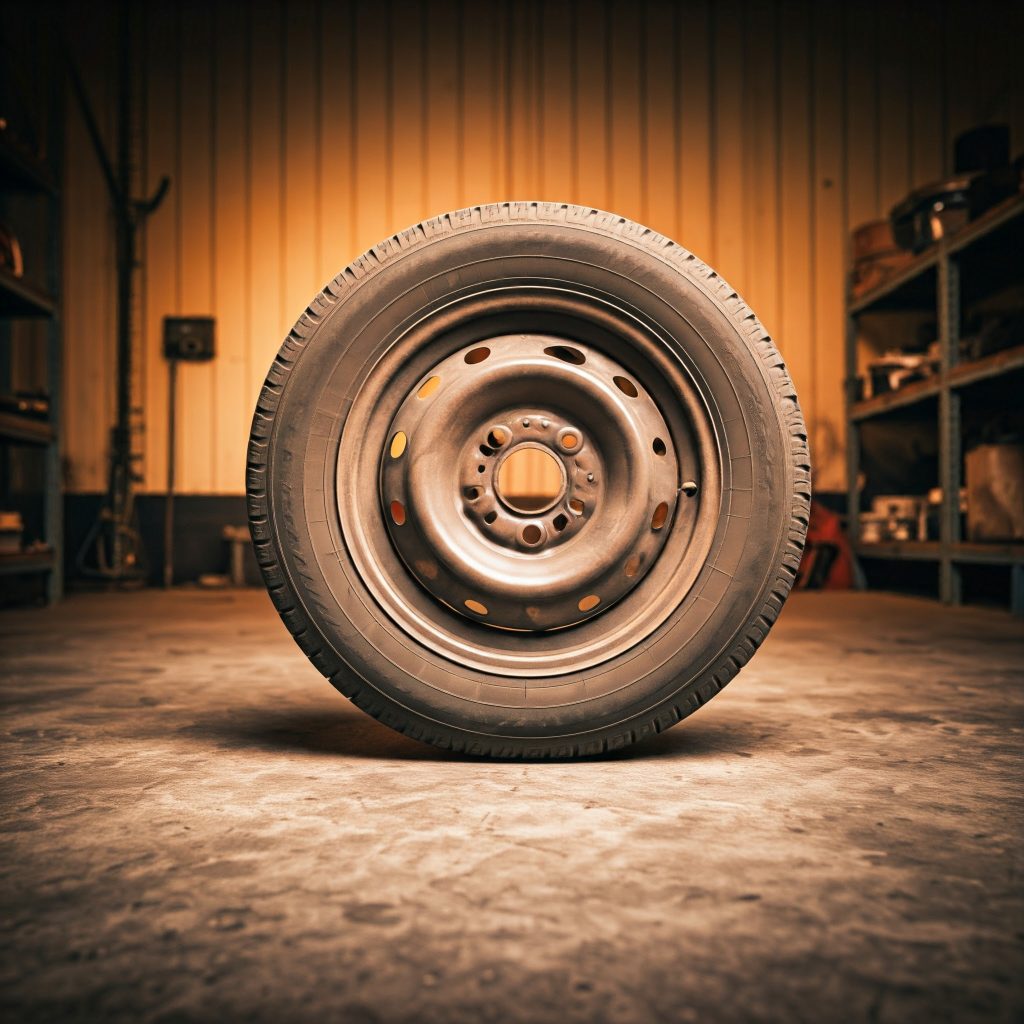
“Never be stranded.”
“Peace of mind.”
“Plan ahead.”
“Ready for anything. Tire
Are Tires the Only Thing That Protects a Car?
While tires play a significant role in vehicle safety by providing traction and stability, they are not the only factor that protects your car. Brakes, suspension systems, and steering mechanisms all work together to ensure safe driving. Properly inflated tires with good tread are essential, but regular maintenance of these other systems is equally important. Neglecting any part of your vehicle can lead to accidents, even if your tires are in perfect condition.
What Type of Tires Should You Get for Your Car?
Choosing the right tires for your car is vital for both safety and performance. All-season tires are the most common, offering decent performance in most conditions. However, if you live in an area with extreme winters, you might need specialized winter tires for a better grip on snow and ice. For high-performance vehicles, you may opt for performance or summer tires, which offer better handling at higher speeds. Always ensure the tires you buy match the size and specifications recommended by your vehicle manufacturer.
How Much Air Volume Should You Put in a Spyder Tire?
Maintaining the proper air volume in a Spyder tire is essential for safe and efficient driving. Typically, the recommended tire pressure for most Can-Am Spyder motorcycles is around 20-30 PSI (pounds per square inch), depending on the tire type and load. Always refer to the manufacturer’s guidelines or check the owner’s manual for the precise air pressure specifications. Under-inflated or over-inflated tires can affect handling, fuel efficiency, and overall safety, so it’s important to regularly check and adjust the air volume.
Rules for Driving with a Spare Tire
In summary, driving with a spare tire should be a temporary solution. Never drive faster than 50 miles per hour and limit your use to no more than 70 miles. Signs like vibrations and uneven tire wear indicate that your spare tire could be damaging your car. Although tires are crucial for safety, they aren’t the only protection for your vehicle, as brakes, suspension, and steering are equally important. Choose the right tires based on your vehicle’s needs and driving conditions, and always follow proper driving rules to keep your car safe on the road.
